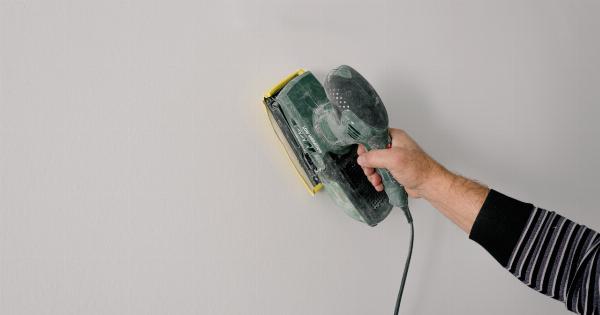Injectable fat-melting treatments have gained a lot of attention in recent years. These treatments are non-surgical and promise to remove unwanted pockets of fat from various parts of the body without the need for incisions or anesthesia.
The idea of losing weight quickly and effortlessly is appealing to many people, but there are several controversies surrounding these injections.
What are fat-melting injections?
Fat-melting injections are minimally invasive treatments that use various chemicals to dissolve and break down fat cells in targeted areas of the body.
These injections can be administered by medical practitioners and are usually marketed as an alternative to liposuction or other invasive procedures. Some of the most common injection treatments include Kybella, Lipodissolve, and Lipostabil.
Controversies surrounding fat-melting injections
Despite their increasing popularity, fat-melting injections have several controversies surrounding them. Here are some of the issues:.
1. Lack of regulations
Unlike other medical procedures, fat-melting injections are not regulated by the Food and Drug Administration (FDA). This lack of regulation means that the safety and efficacy of these treatments are not guaranteed.
Patients who undergo these procedures may be at risk of complications and side effects.
2. Unclear safety profile
The long-term safety of fat-melting injections is unclear. There have been reports of serious complications, including infections, scarring, and tissue necrosis. In some cases, these complications have been severe enough to require surgical intervention.
3. Inconsistent results
Fat-melting injections are not guaranteed to work for every patient. The results are highly dependent on the individual’s body structure, the location of the treatment area, and the type of injection used.
Some patients may see significant improvements, while others may see little to no change.
4. High cost
Fat-melting injections can be expensive, with the cost ranging from a few hundred to several thousand dollars per treatment session. Patients who require multiple sessions may end up spending a significant amount of money on these procedures.
5. Limited effectiveness
Although fat-melting injections can dissolve and break down fat cells, they are not a substitute for healthy lifestyle choices such as regular exercise and a balanced diet.
The injected fat cells may return if the patient does not maintain a healthy lifestyle.
Types of fat-melting injections
Here are some of the most common fat-melting injections and how they work:.
Kybella
Kybella is an FDA-approved injection that uses synthetic deoxycholic acid to break down and absorb fat cells in the chin and neck area.
The acid destroys the cell membrane of the fat cells, releasing their contents into the bloodstream, where they are eventually eliminated by the body.
Lipodissolve
Lipodissolve is a non-FDA-approved injection that uses a mixture of phosphatidylcholine and sodium deoxycholate to break down and dissolve fat cells in different parts of the body.
The treatment involves injecting the solution directly into the fat cells, causing them to rupture and release their contents.
Lipostabil
Lipostabil is a non-FDA-approved injection that uses phosphatidylcholine to dissolve fat cells in various parts of the body. The solution is injected into the fat cells, causing them to liquefy and be absorbed by the body.
Conclusion
Fat-melting injections are a controversial topic in the beauty and wellness industry. While they promise quick and effortless weight loss, their safety and efficacy are not guaranteed.
Patients who are considering these treatments should carefully weigh the potential risks and benefits before undergoing any procedure.






























